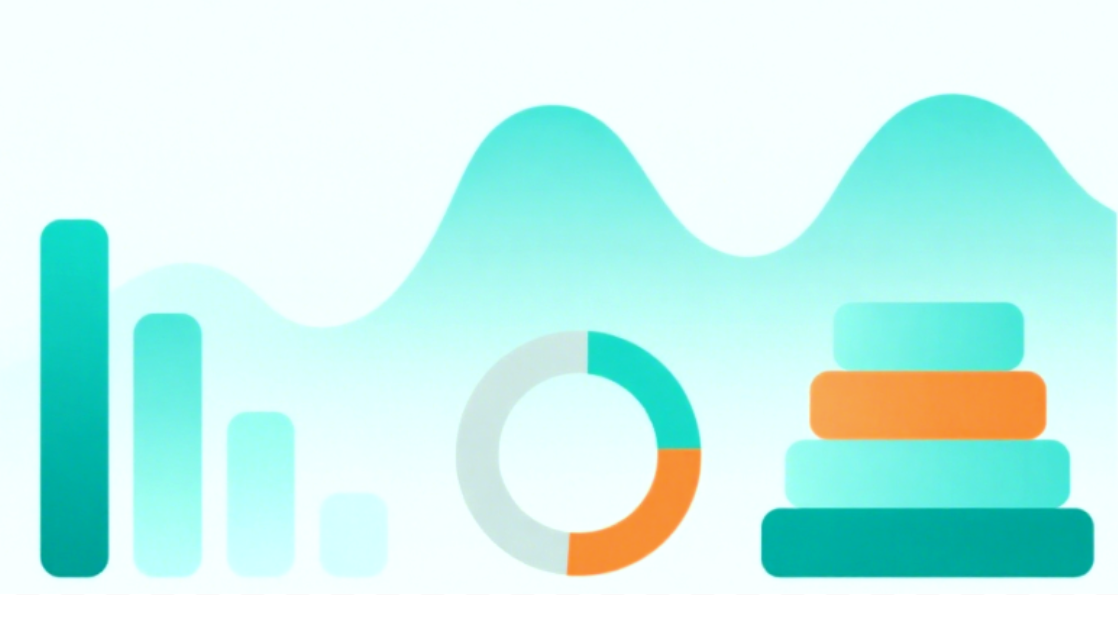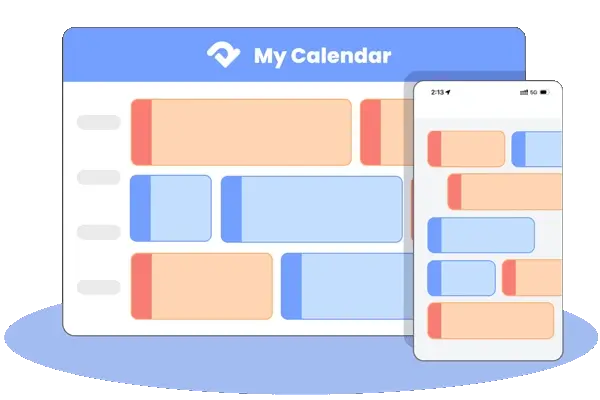When hotel revenue grows, it feels like a win. More guests, higher occupancy, and fuller booking calendars usually bring a sense of success. Yet many property owners notice something puzzling — profit doesn’t seem to rise as quickly as income. This gap often comes down to one financial measure: flow-through.
Flow-through helps reveal how much of your additional revenue actually becomes profit. Without tracking it, you may think your business is doing better than it really is. Understanding this metric can change how you manage your property, price your rooms, and control costs.
What Flow-Through Means for Hotels
Flow-through measures the percentage of incremental revenue that flows into profit. In simple terms, it answers the question: “Out of the extra money we earned, how much do we keep after expenses?”
For example, if your hotel earns $10,000 more this month than last month and your profit rises by $7,000, your flow-through is 70%. This means 70 cents from every extra dollar stayed in your pocket, while 30 cents went to cover extra costs like staffing, amenities, or utilities.
This metric gives a more accurate picture of operational efficiency than revenue alone. A high flow-through suggests your property is managing expenses well when revenue grows. A low flow-through can be a warning sign that costs are rising too fast.
How to Calculate Flow-Through
Flow-through is calculated with a straightforward formula:
Example:
- Revenue last quarter: $200,000
- Profit last quarter: $60,000
- Revenue this quarter: $240,000
- Profit this quarter: $84,000
Revenue change = $240,000 – $200,000 = $40,000
Profit change = $84,000 – $60,000 = $24,000
Flow-through = $24,000 ÷ $40,000 = 60%
You can compare different timeframes (month over month, year over year) or measure against your budget forecasts. The key is consistency — use the same method so your numbers remain comparable over time.
Positive Flow-Through vs. Flex
Flow-through is usually discussed when revenue is growing. This is known as positive flow-through — the portion of added income that turns into profit.
When revenue drops, a related concept called flex comes into play. Flex measures how much of your profit you manage to protect when income falls. For example, if revenue decreases by $10,000 but profit only drops by $4,000, you’ve maintained a flex of 60%. This shows that even during slow periods, you’re containing costs and holding on to earnings.
Both metrics work together to guide decision-making. Positive flow-through shows if your growth is efficient; flex shows if your operation is resilient.
What Is a Good Flow-Through Rate?
There’s no single perfect number, but there are common benchmarks. Across many hotels:
- Overall property flow-through: often falls between 35% and 60%.
- Rooms department: frequently higher, ranging from 60% to 75%, because fixed costs are already covered by existing operations.
- Food and beverage: usually lower, around 35% to 50%, due to higher variable costs.
Your target will depend on your property size, market, cost structure, and service level. A luxury resort may have more fixed costs, making incremental revenue more profitable once the baseline is met. A smaller inn might face higher proportional costs for extra guests, lowering the rate.
Why Flow-Through Matters More Than Revenue
1. Reveals True Profitability
Two hotels could each grow revenue by 20%, yet one might see a big jump in profit while the other barely breaks even. Flow-through exposes the difference. It prevents you from celebrating revenue growth that doesn’t improve your bottom line.
2. Guides Operational Decisions
By knowing where extra income leaks into expenses, you can target the right areas for improvement. For instance, if more bookings are leading to a sharp rise in housekeeping overtime, you can adjust staffing plans or streamline room turnaround processes.
3. Supports Smarter Pricing
A promotion that fills rooms at low rates might lift occupancy but reduce flow-through if it increases costs more than profit. Tracking the metric ensures that rate strategies work for your margins, not just your volume.
4. Strengthens Negotiations
Whether with suppliers, service contractors, or partners, being able to show how cost changes affect your flow-through puts you in a stronger position. You can demonstrate how a price increase impacts profitability, making your case for better terms.
How to Improve Your Hotel’s Flow-Through
Monitor Costs in Real Time
When occupancy changes, variable costs like laundry, housekeeping hours, and amenities follow. Real-time tracking allows you to make quick adjustments, preventing costs from outpacing revenue.
Leverage Technology
A property management system (PMS) can automate reporting, help schedule staff efficiently, and integrate with revenue management tools. This makes it easier to match service levels with actual demand.
Review Department Performance
Calculate flow-through by department. A rooms division with high efficiency might be offsetting a low-margin restaurant. Knowing this helps you decide where to invest or cut back.
Refine Rate Strategies
Set room rates with both occupancy and profitability in mind. Upselling and targeted packages often improve margins better than broad discounts.
Control Discretionary Spending
Extra revenue often tempts owners to increase spending on upgrades or non-essential services. While some investment is healthy, linking these decisions to flow-through targets keeps spending aligned with profit goals.
Plan for Low Seasons
High flow-through during peak months can fund operations in slower periods. Monitoring flex ensures you can reduce expenses proportionately when bookings dip.
❗Common Mistakes to Avoid
- Focusing only on revenue growth without checking if profit follows.
- Not separating fixed and variable costs makes it hard to see where revenue turns into profit.
- Comparing different periods without adjusting for seasonality leads to misleading results.
- Overlooking department breakdowns, which hide problem areas behind overall averages.
Turning Insight into Action
Flow-through is not just an accounting concept — it’s a management tool. For hotel owners, it bridges the gap between the excitement of more bookings and the reality of operating costs. When you track and act on this metric, every new booking can be seen through the lens of its true value to your business.
Revenue will always be a headline number, but profit is what keeps the doors open and the lights on. Understanding and managing flow-through ensures that growth on paper translates into growth in your bank account.

